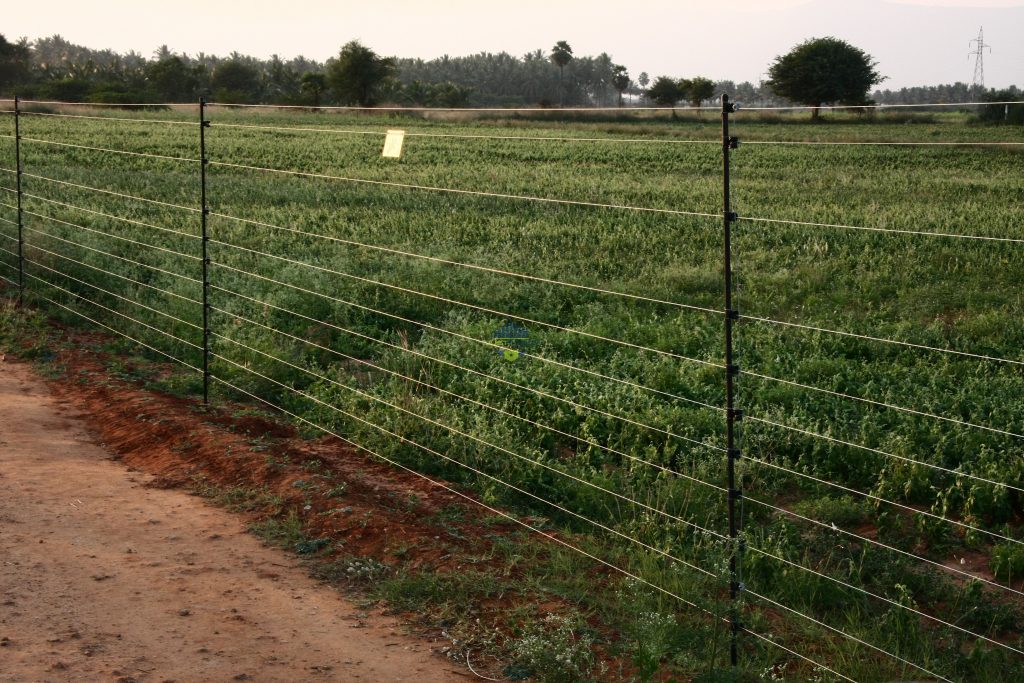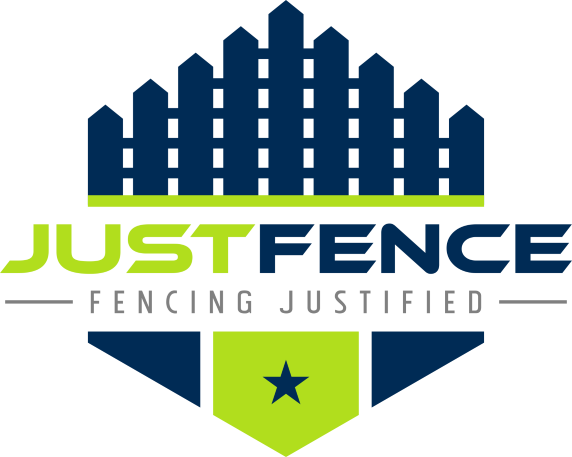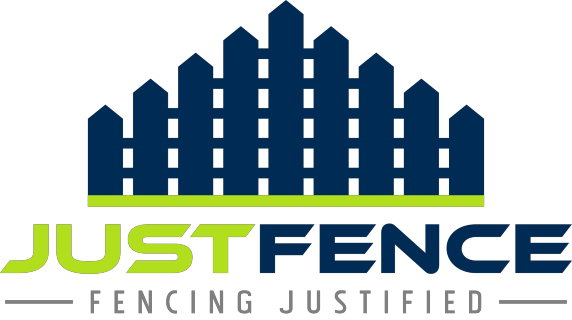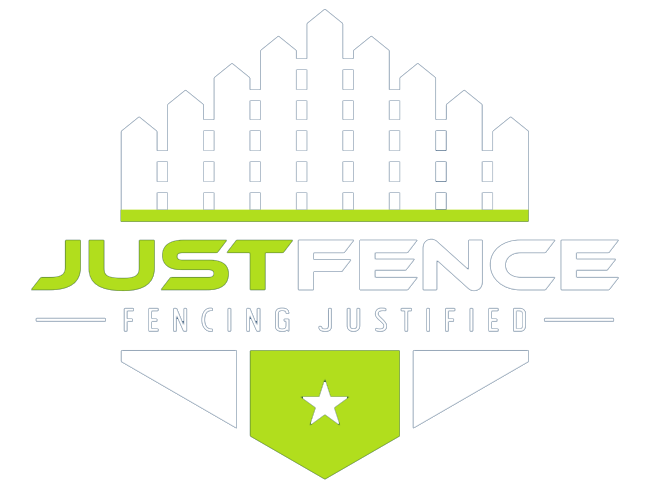“Fencing: Your First Line of Defense Against Wildlife Intrusions”
Introduction
Dealing with wildlife intrusions on your farmland can be a challenging task, but it’s essential for protecting your crops and property. Fortunately, there are non-lethal methods available to help you peacefully coexist with wildlife intrusions. One such method, fencing, stands as a formidable barrier against deer and other large animals. In this blog, we’ll explore the effectiveness of fencing as a wildlife management strategy and provide practical insights on how to implement it successfully.

The Power of Fencing
Fencing has long been a go-to solution for farmland owners facing wildlife intrusions, and for good reason. Here’s why it’s your first line of defense:
- Physical Barrier: Fencing provides a robust physical barrier that keeps large animals like deer, raccoons, and coyotes out of your crops and away from your property. Its mere presence creates a clear boundary that wildlife instinctively respects.
- Versatility: Fencing comes in various styles and materials to suit different needs and budgets. You can opt for traditional wooden or wire fencing, or choose electric fencing for added effectiveness. The flexibility of options ensures you can tailor your choice to your specific situation.
Durability: Well-maintained fencing can last many years, making it a cost-effective investment for protecting farmland. Regular inspections and maintenance can help ensure its longevity.
Customization: Fencing can be tailored to your unique requirements. You can adjust the height and spacing of posts and rails to suit the size of the animals you’re trying to deter. For example, a taller fence may be necessary to deter deer.
Electric Fences: Electric fencing deters large mammals with harmless shocks, widely favored in agriculture for its reliability.
Implementing Fencing Successfully
While fencing is a powerful tool, its effectiveness depends on proper installation and maintenance:
Plan Carefully: Before installing a fence, carefully assess your farmland’s layout and the specific wildlife threats you face. Identify the areas most susceptible to intrusions.
Choose the Right Type: Select the type of fence that best suits your needs and budget. For large mammals like deer, consider a tall fence (at least 8 feet). For smaller animals, shorter fences may suffice.
Securely Install: Proper installation is crucial. Ensure the fence is securely anchored to withstand potential wildlife pressure. Bury the bottom of the fence or angle it outward to deter digging animals.
Regular Maintenance: Inspect your fence regularly for any damage or weaknesses. Repair any breaches promptly to maintain its effectiveness.
Consider Electric Fencing: If you’re dealing with persistent intrusions, consider electric fencing. It offers a higher level of deterrence and can be particularly effective against deer.
Conclusion
Fencing is a non-lethal wildlife management strategy that’s been trusted by farmland owners for generations. Its ability to create a physical barrier that keeps large animals away makes it an invaluable tool for protecting your crops and property. Remember, fencing is not just a barrier; it’s a symbol of your commitment to sustainable and responsible farming practices.
























